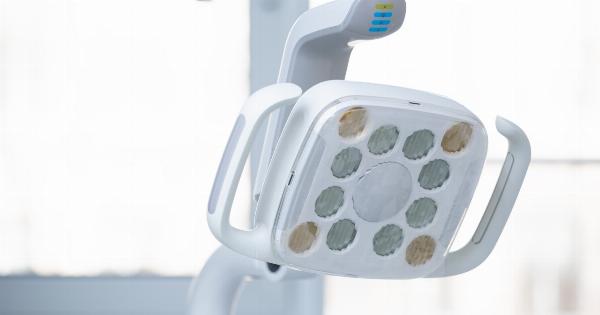Privatization and the Lack of Preventative Dentistry.
The Importance of Preventative Dentistry
Preventative dentistry plays a critical role in maintaining oral health and preventing various dental issues. Regular check-ups, dental cleanings, and early intervention are key components of preventative dentistry.
These practices help individuals in maintaining healthy teeth and gums, preventing tooth decay, gum diseases, and other oral health problems. However, with the increasing privatization of healthcare systems, access to preventative dentistry services has become a challenge for many individuals.
The Impact of Privatization on Oral Health
Privatization of healthcare systems often leads to a profit-driven approach, where the focus shifts from preventive care to more lucrative procedures and treatments.
This shift can have a detrimental impact on oral health, as preventative measures are often deprioritized in favor of more expensive treatments. As a result, individuals may not receive the necessary preventive care and education to maintain good oral health.
Reduced Affordability and Accessibility
Privatization can also lead to reduced affordability and accessibility of preventative dentistry services.
Private dental practices may charge higher fees, making it difficult for individuals with limited financial resources to afford regular check-ups and cleanings. This financial barrier prevents many individuals from accessing the necessary preventative care, leading to a higher likelihood of developing dental issues in the long run.
Emphasis on Reactive Dentistry
Privatization often places a greater emphasis on reactive dentistry, which focuses on providing treatments only when dental problems become severe. This approach leaves little room for education, early intervention, and consistent preventive measures.
Without access to preventive care, individuals may experience preventable dental issues that could have been addressed or even avoided with proper preventative dentistry.
Long-term Cost Burden
The lack of preventative dentistry due to privatization can result in a significant long-term cost burden. Neglected dental issues can progress and require more extensive and expensive treatments in the future.
When individuals delay seeking dental care until a problem becomes severe, more invasive procedures may be necessary, leading to higher costs and potential complications.
The Importance of Education
Preventative dentistry not only involves regular check-ups and cleanings but also includes education and awareness about oral health.
Through preventive education, individuals can learn proper brushing and flossing techniques, understand the importance of a healthy diet for oral health, and gain knowledge about risk factors that may contribute to dental issues. However, with privatization, educational programs may be limited or non-existent, further exacerbating the lack of preventative dentistry.
The Role of Government and Public Health Initiatives
Government and public health initiatives play a crucial role in addressing the lack of preventative dentistry caused by privatization.
These initiatives should prioritize oral health as an essential component of overall well-being and work towards integrating preventive dental care into existing healthcare systems. By allocating resources and funding towards education, access, and affordability, governments can ensure that individuals have equal opportunities to receive preventative dentistry services.
Promoting Dental Insurance Coverage
Expanding dental insurance coverage can be an effective step in bridging the gap caused by privatization.
Governments can explore options to include dental coverage within existing healthcare plans or develop separate dental insurance programs with affordable premiums. This would enable more individuals to access preventative dentistry services without having to bear the full financial burden.
Community Dental Clinics and Mobile Units
Establishing community dental clinics and mobile units can also help in increasing accessibility to preventative dentistry. These facilities can be set up in underserved areas or regions with limited access to dental care.
By bringing preventative dental services directly to communities, these clinics and mobile units can address the lack of accessibility caused by privatization.
Collaborations and Partnerships
Collaborations and partnerships between private dental practitioners and public healthcare institutions can also contribute to increasing access to preventative dentistry.
By working together, these entities can develop programs that prioritize preventive care, provide educational resources, and offer affordable options for individuals who may require financial assistance.
Conclusion
Privatization of healthcare systems has led to a lack of emphasis on preventative dentistry, jeopardizing oral health outcomes.
Reduced affordability, accessibility, and an overemphasis on reactive treatments are key challenges that individuals face under privatized systems. Governments and public health initiatives need to prioritize oral health, allocate resources, and promote collaborations to ensure that preventative dentistry remains a fundamental part of overall healthcare.
























